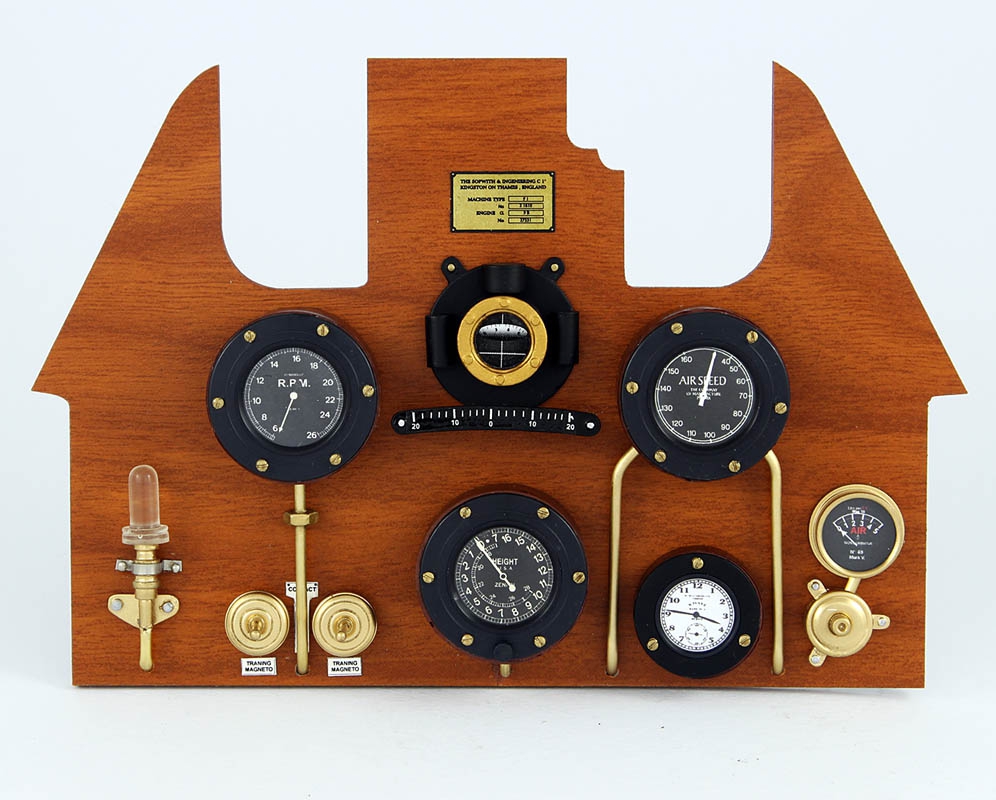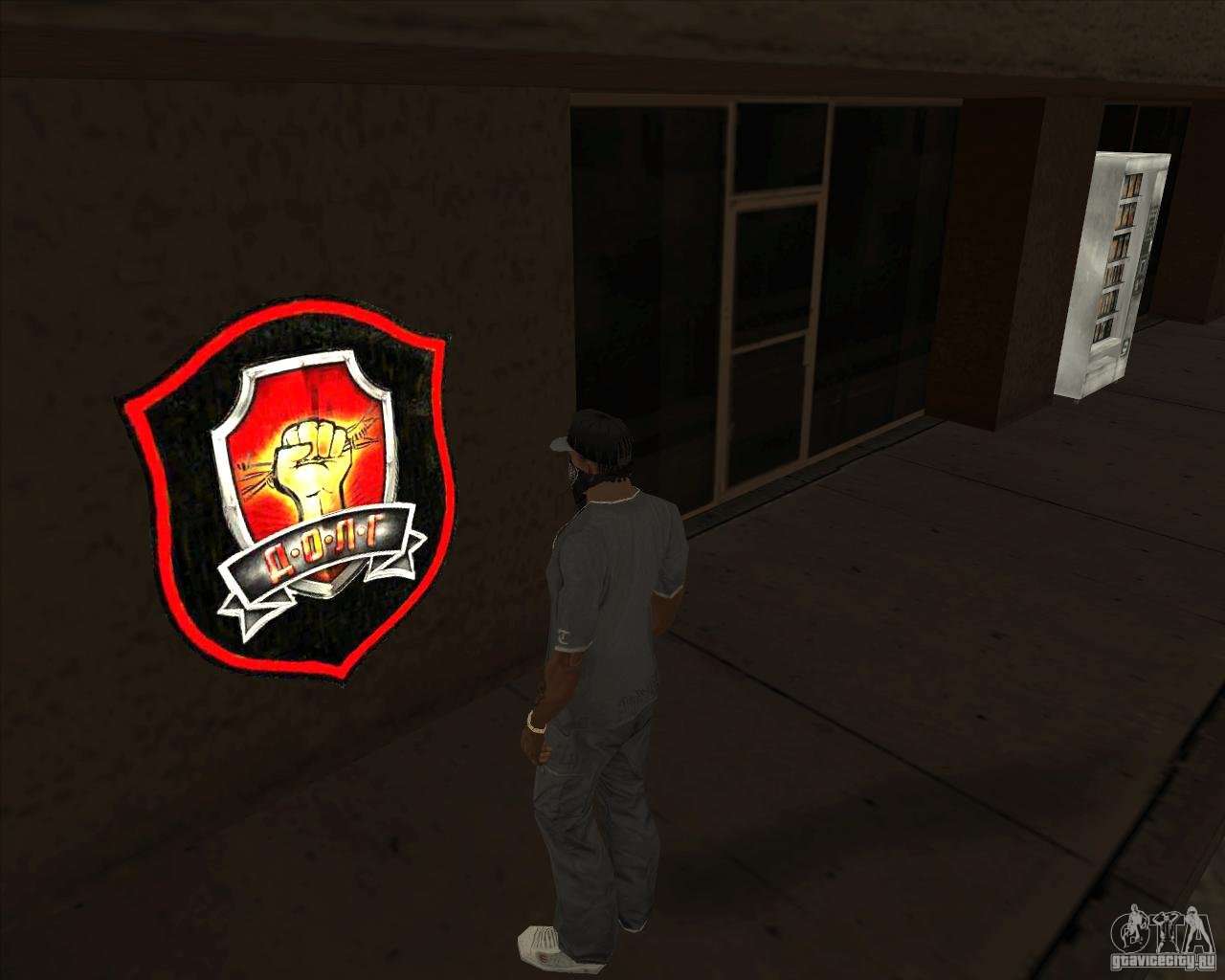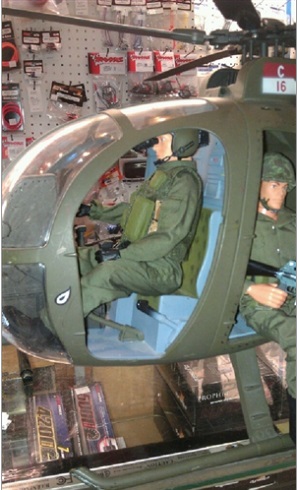| | Coaxial RC Helicopters: Exactly How Do They Work?
Coaxial helicopter is among the a lot more popular photos that come to mind when individuals think about electrical RC helicopters. And forever factors as well; these double-bladed helicopters is accredited with bringing crowds of new fanatic right into the globe of RC aeronautics. Their appeal comes from their absolute security airborne - that makes them reasonably less complicated to master when compared to their single rotor equivalent. They are likewise predictable enough to be flown within the substances of one's home, protecting its spot as one of one of the most enjoyed indoor fliers. Having the ability to fly right out of the box because they are offered as RTF (Ready to Fly) packages adds to their charm.
So where did such security come from? To answer that, the first step depends on understanding exactly how helicopters work. A single-rotor helicopter produces lift when their blades rotates. As the major blades transforms, one more force will certainly additionally be created - called torque, which will certainly in turn trigger the whole body to kip down the opposite instructions. Since the days when helicopters were in their incipient phase, their leaders have actually found out to counter this impact by including one more smaller perpendicular blades in the tail. This rotor counters the any rotation produced by the torque in addition to provides pilots a mean to manage the direction in which the helicopter's nose is aiming at, extra technically referred to as the yaw. To regulate the yaw, the pilot just alters the pitch (or the angle) of the tail blades.
Coaxial helicopters, on the other hand, eliminate the need of a tail rotor totally. This is due to the reality that these fliers have 2 blades, one on top of the other, rotating in contrary directions. In effect, the torque created by each rotor negates each other. When such a task is combined with two blades' lift complementing each other results in the extraordinary stability as well as floating capability. Because floating is among the primary elements of a helicopter's trip, "much easier to float" is almost synonymous to "simpler to fly". Managing the yaw in this configuration comes to be just an issue of slowing down or quickening among both rotors. An additional benefit that comes almost as a perk is that theoretically, these helicopters do not need a gyro - which indicates that a lot less tinkering as well as establishing are needed.
Although extremely commonly commended, coaxial helicopters are not without faults. The initial one comes from the reality that in order to fly, the rate of both rotor blades should be equal. As a matter of fact, these helicopters are so based on the synchronicity of its blades that even the slightest discrepancy is destructive. A lot to ensure that these helicopters will certainly just spin hugely on the ground, never ever to lift off. Their two motors just need to constantly remain in their most pristine state. Additionally, the stability of these helicopters comes at the cost of compromised ability to move; they are notoriously slow and also less competent. Nevertheless, maybe the utmost nuisance comes when both blades attack right into each other in mid air when most extreme cyclic controls are applied.
Overall, coaxial helicopters are here to remain. They have come to be the preferred novices' RC helicopter. At the same time, numerous knowledgeable pilot appreciate a trip or more of very easy interior flying with these helicopters occasionally.

Note: Although these coaxial helicopters are "reasonably" simpler to fly than their traditional equivalents, they still call for hrs of practice. Also, their fast revolving blade can trigger equally as much injury as larger design helicopters. Consequently, never ever treat them like playthings.
| | | |
|





